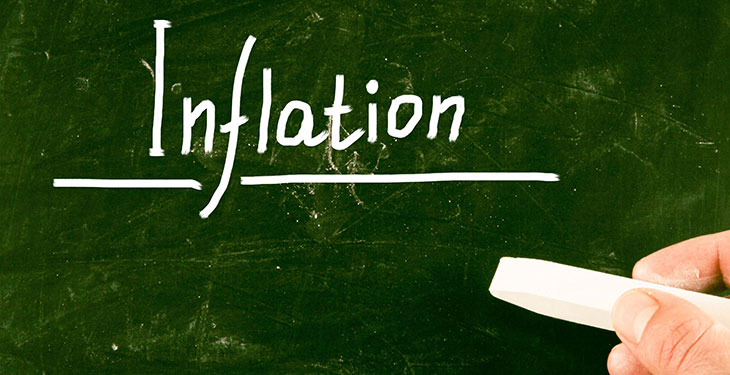Bogdan Tudorache
In September 2019, the annual CPI inflation rate went down to 3.5 percent (from 3.9 percent in August), thus returning to the upper bound of the variation band of the target. The evolution owed mainly to the pronounced slowdown in the annual growth rate of volatile food prices and that of fuel prices. Compared to end-Q2, when it had stood at 3.8 percent, the annual inflation rate posted a slightly larger-than-expected decrease. The decline was attributed to the deceleration in the dynamics of vegetable prices, administered prices and fuel prices.
The average annual CPI inflation rate continued to decline to 3.8 percent in September from 3.9 percent in August 2019; calculated based on the Harmonised Index of Consumer Prices, the average annual inflation rate went down to 3.9 percent from 4.0 percent July through August 2019.
The new statistical data on economic growth in 2019 Q2 confirm the slight deceleration in real GDP to 4.4 percent from 5 percent in the previous quarter (annual changes). ”In today’s meeting, based on the currently available data and assessments, the NBR Board decided to keep unchanged the monetary policy rate at 2.50 percent per annum, while maintaining strict control over money market liquidity. Moreover, the NBR Board decided to leave unchanged the deposit facility rate at 1.50 percent per annum and the lending (Lombard) facility rate at 3.50 percent per annum. Furthermore, the central bank maintained the current levels of the minimum reserve requirement ratios on both leu- and foreign currency-denominated liabilities of credit institutions,” the c-bank revealed.
